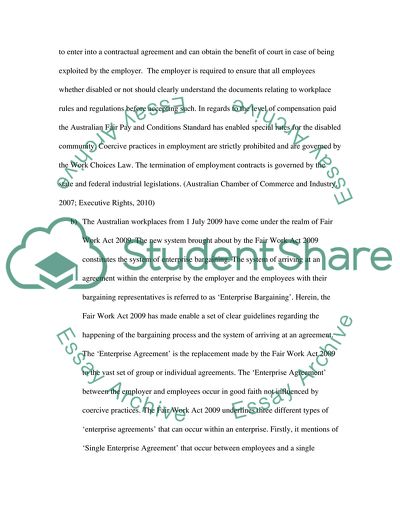Cite this document
(Australian Workplace Law Essay Example | Topics and Well Written Essays - 3500 words, n.d.)
Australian Workplace Law Essay Example | Topics and Well Written Essays - 3500 words. Retrieved from https://studentshare.org/law/1744005-australian-workplace-law
Australian Workplace Law Essay Example | Topics and Well Written Essays - 3500 words. Retrieved from https://studentshare.org/law/1744005-australian-workplace-law
(Australian Workplace Law Essay Example | Topics and Well Written Essays - 3500 Words)
Australian Workplace Law Essay Example | Topics and Well Written Essays - 3500 Words. https://studentshare.org/law/1744005-australian-workplace-law.
Australian Workplace Law Essay Example | Topics and Well Written Essays - 3500 Words. https://studentshare.org/law/1744005-australian-workplace-law.
“Australian Workplace Law Essay Example | Topics and Well Written Essays - 3500 Words”, n.d. https://studentshare.org/law/1744005-australian-workplace-law.


